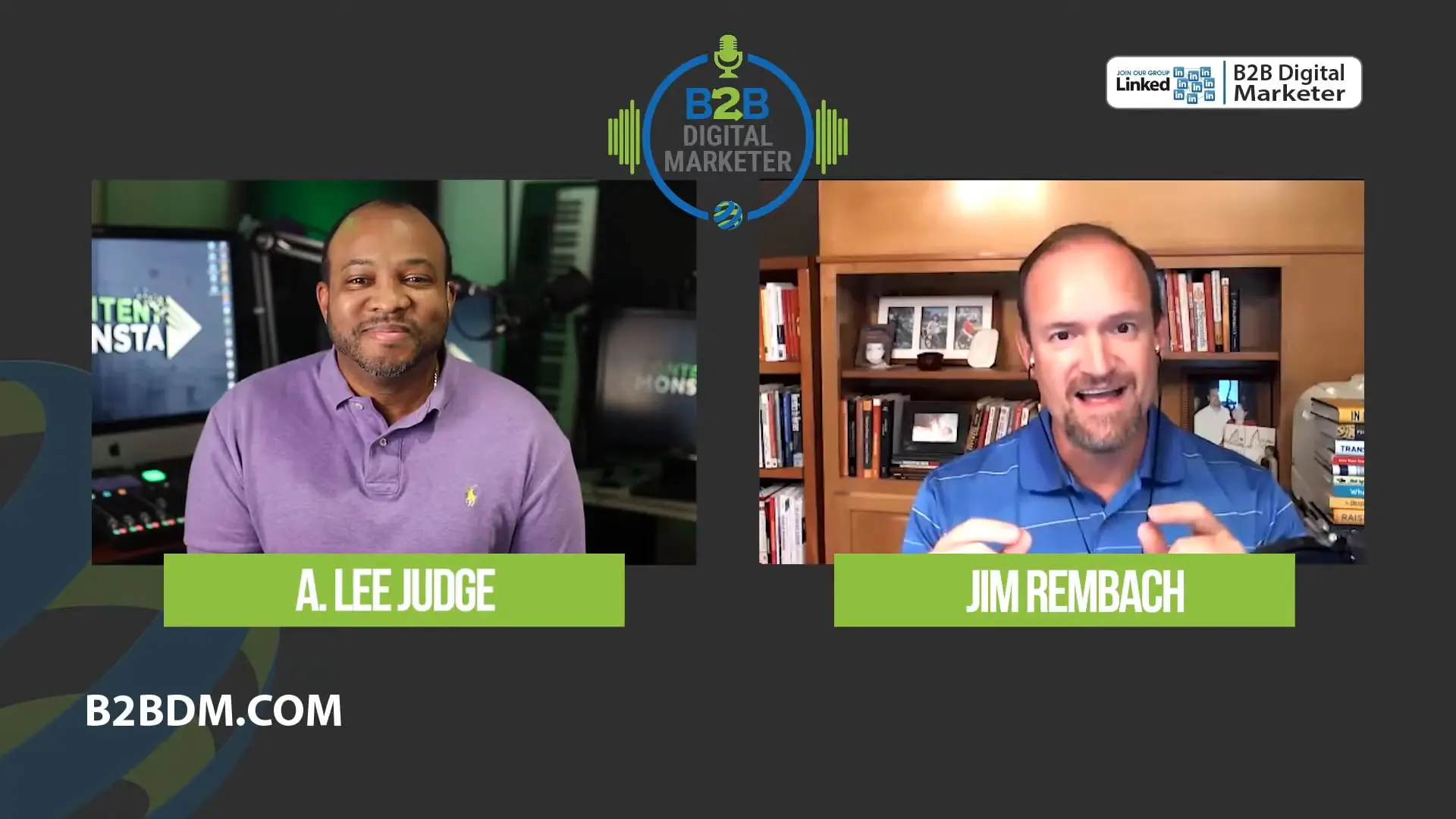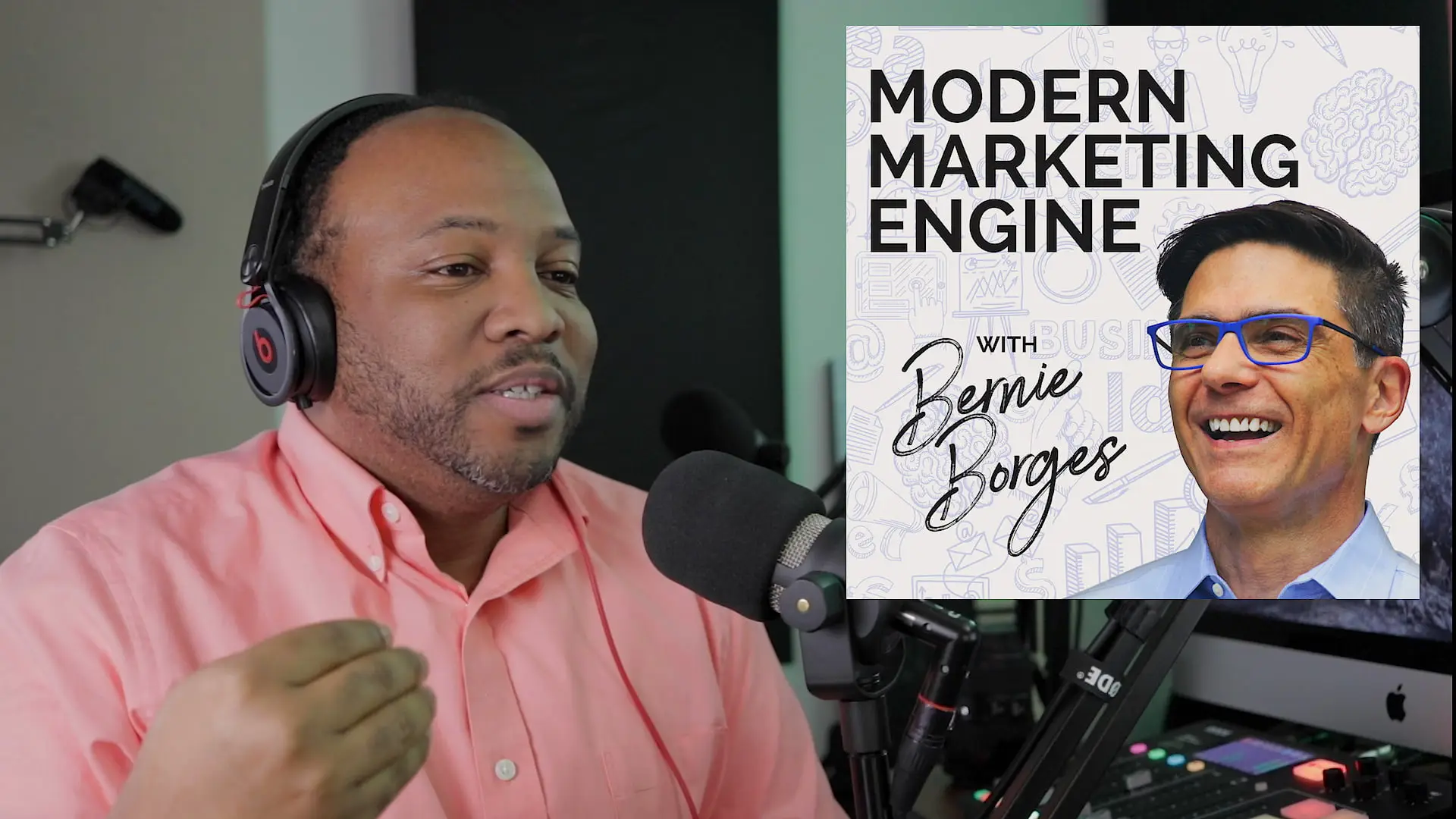We all know the textbook Sales and Marketing funnel—leads trickle down until they convert to customers. But let’s elevate our thinking. In today’s complex ecosystem, leads don’t just move down; they also move up, sideways, and sometimes out of the funnel. The sooner we adapt to this fluidity, the more effective our strategies will become.
Why Adaptability is Your Best Asset
A static approach won’t cut it anymore. When a lead starts to lose interest or even exits the funnel, that’s your cue to re-engage. Whether it’s through dynamic content targeting or segmented re-engagement campaigns, adaptability should be embedded in your strategy. This dynamic approach allows you to seize missed opportunities and significantly improve conversion rates.
An adaptable funnel strategy doesn’t just react; it anticipates. For example, real-time personalization and advanced lead scoring techniques allow for nuanced engagement tailored to each lead’s behavior and stage in the buying cycle. This approach ensures you’re always delivering the right message or action at the right time, effectively nudging leads either further down or back into the funnel as needed.
Segmentation adds another layer of finesse. Creating ‘micro-funnels’ for different stages of the buying cycle allows for hyper-targeted interventions, maximizing engagement and conversion opportunities. Couple this with real-time data collection and predictive analytics, and you have a feedback loop that not only understands but also anticipates lead behavior, reducing churn before it even happens.
Embracing adaptability also leads to smarter resource allocation. Instead of a one-size-fits-all strategy, an adaptive approach lets you dynamically allocate your budget and efforts to the most promising leads and prospects. This enhances ROI while offering a customized experience for each potential customer. In essence, adaptability makes your funnel not just efficient, but also effective and future-proof.
Customer-Centricity: It’s Not Your Journey
The customer is now the decision-maker, setting the course of their journey. You’re not directing the show; you’re facilitating an experience. Data analytics serves as your guiding light into where the customer is going and assists in crafting customer-centric content that resonates.
By breaking down your audience into distinct personas, you get a clear picture of their buying behaviors, information consumption, and engagement patterns. This isn’t just about numbers; it’s about understanding your customer’s narrative so deeply that you can tailor content that speaks directly to their unique needs and wants.
But the real magic happens when these analytics transform into actionable insights. Hyper-personalized content, whether it’s video, blog posts, podcasts, emails, or social media outreach, can be designed to appeal to specific customer segments. Think of crafting content that answers frequent questions for newcomers while providing in-depth insights for those closer to making a purchase decision. Every piece of content becomes a tailored experience, enhancing the customer’s journey at every stage.
Ultimately, being customer-centric in your content strategy means you’re not just throwing information at the wall, hoping something sticks. You’re strategically placing the right content in front of the right people at the right time. This not only enriches the customer’s journey but also elevates their experience from a mere transaction to a meaningful interaction, setting the stage for conversion and long-term loyalty.
When Customers Leave the Funnel: A Missed Opportunity? Think Again.
Who said leads exiting the funnel should be written off? In a customer-centric model, these leads are invaluable. They’ve interacted with your brand and are ripe for nurturing. Let’s get one thing straight: Just because a lead has exited the funnel doesn’t mean they’re lost forever.
On the contrary, these are individuals who’ve had some level of engagement with your brand. It’s far easier to reignite a prior interest than to create a new one from scratch. Tailoring re-engagement campaigns using previous interaction data can work wonders. Whether it’s a follow-up email with a special offer or a retargeting ad that addresses their specific pain points, the aim is to make them feel recognized and valued.
Nurturing these exiting leads back into the funnel is more than just a recovery tactic; it’s an ongoing relationship-building strategy. Customer-centric content plays a significant role here. Imagine a series of educational webinars or a drip email campaign that gradually reintroduces these leads to the value your product or service can offer.
The idea is to provide them with valuable, actionable information that not only solves their immediate concerns but also reignites their interest in what you’re offering. This method effectively turns what could be considered a ‘loss’ into an opportunity for a more loyal, educated customer.
Keeping the focus on the customer’s needs also allows for dynamic adjustments to your funnel strategy. Let’s face it, the journey from lead to customer is rarely a straight path. Leveraging analytics to track how these nurtured leads interact with your re-engagement efforts offers invaluable insights. Are they clicking through your emails but not converting? Maybe it’s time for a customer survey to pinpoint their hesitations.
Understanding these nuances enables you to adapt and refine your approach continually, ensuring that you’re not just bringing leads back into the funnel but also guiding them toward becoming happy, loyal customers.
Content Strategies to Recapture and Re-Engage
Recapturing leads starts with placing content in their paths that can’t be ignored. If a lead has gone dormant, hitting them with the same messaging won’t bring them back. You need to reignite their interest by offering fresh, relevant insights. Imagine producing a whitepaper or an e-book that tackles the latest trends or challenges in their industry. Or what about an exclusive webinar featuring thought leaders?
The aim is to re-attract these lost leads with content that positions your brand as a source of invaluable knowledge. By doing so, you’re not just making noise; you’re making a meaningful contribution that invites them back into your funnel.
Next, consider drip email campaigns that are pure value bombs. Not selling, just informing and enlightening. Create a series of emails that go out over a few weeks, each providing actionable tips, industry insights, or problem-solving guides. Keep these emails laser-focused on helping the lead solve real problems they’re facing.
This approach turns the traditional funnel upside-down: instead of pushing the lead toward a sale, you’re pulling them back into engagement through sheer value. By the end of the series, they should be looking forward to hearing from you, making them more receptive to sales-oriented conversations down the line.
Finally, social media shouldn’t be overlooked as a powerful re-engagement tool. Curate and share content that aligns with the interests and pain points of the leads you’re trying to recapture. Whether it’s how-to videos, industry news, or thought-provoking questions, the goal is to keep these lost leads engaged with your brand in a casual, non-threatening environment.
If they find value in what you’re posting, the transition back into the sales and marketing funnel becomes a natural next step rather than a forced march. Remember, content is the magnet that can attract those stray leads back into your funnel. Make it compelling enough, and they’ll find their way back.
Embracing Complexity Over Simplicity
Let’s acknowledge that customer behavior is anything but linear. The sooner we incorporate this reality into our strategies, the better equipped we’ll be to navigate the intricacies of customer engagement and retention. Yet, while the customer journey might be complex, our approach to it doesn’t have to be. There’s a lot to be said for simplicity.
Think about it: your customers are bombarded with information every day. Simplifying your message can make it stand out in a noisy marketplace, making life easier for both you and your target audience.
Now, let’s talk content. Whether it’s a blog post, a video, or an infographic, the aim should be clarity and accessibility. You want your audience to get the point, fast. So ditch the jargon and go straight for the heart of the matter. Use familiar words, short sentences, and relatable examples. Your audience should walk away feeling informed, not overwhelmed. Simple content is more likely to be read, understood, and shared, all of which can boost your brand’s visibility and credibility.
Finally, a simple approach to your sales and marketing funnel can actually enhance your adaptability. When you’re not tangled up in complex schemes and segmented messaging, it’s easier to pivot. You can more quickly identify what’s working and what isn’t, making adjustments on the fly. And when you’re nimble like this, you’re better at catching those leads that might otherwise slip through the cracks. Remember, complexity may sound impressive, but it’s simplicity that often gets the job done.
Closing Thoughts
In wrapping up, let’s come back to an essential truth: the customer journey belongs to the customer. As much as we’d like to plot their course through our carefully designed funnels, the reality is that they’re the ones steering the ship. Our role is more of a guide than a director. We’re here to educate them on what we offer, to stay top of mind through valuable content, and to assist them as they navigate their own path through our funnel. It’s a nuanced dance where adaptability, clarity, and simplicity can make all the difference. But let’s never forget, the operative word in “Customer Journey” is “customer,” and they’re the ones setting the course.



